Nara Prefecture (Nara-ken) is a prefecture located in the Kansai region of Japan and holds a significant position in the country’s history. In Nara City, the first capital of Japan during the Nara period, known as ‘Heijo-kyo,’ is situated, featuring numerous historical temples and cultural assets. Notable sites include Todai-ji, Kofuku-ji, and Kasuga Taisha. The city is also renowned for its freely roaming deer, affectionately known as ‘Nara’s deer,’ which are famous for approaching tourists to receive treats. Additionally, Yoshino Mountain is celebrated for its cherry blossoms, attracting a multitude of visitors during spring to enjoy the breathtaking scenery, especially the beautiful Somei Yoshino cherry blossoms. Nara Prefecture is well-known for its rich historical background, stunning natural landscapes, and cultural heritage.
1.Nara Park
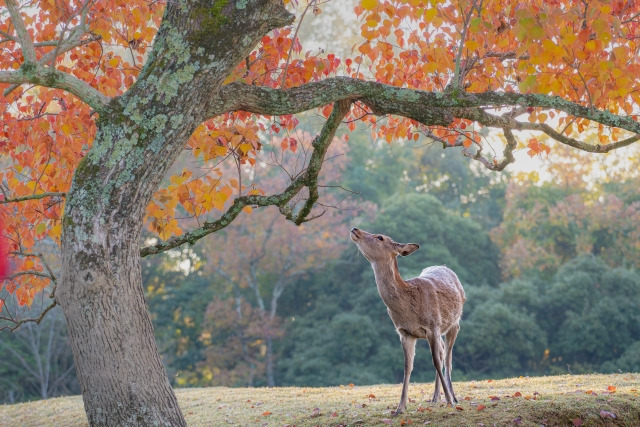
A vast park where visitors can freely roam and have a unique experience interacting with around 1,300 deer living at the foot of Mount Wakakusa. The park, spanning approximately 660 hectares of lush greenery, is dotted with significant temples such as Todai-ji, Kasuga Taisha, and Kofuku-ji.
2.Todai-ji
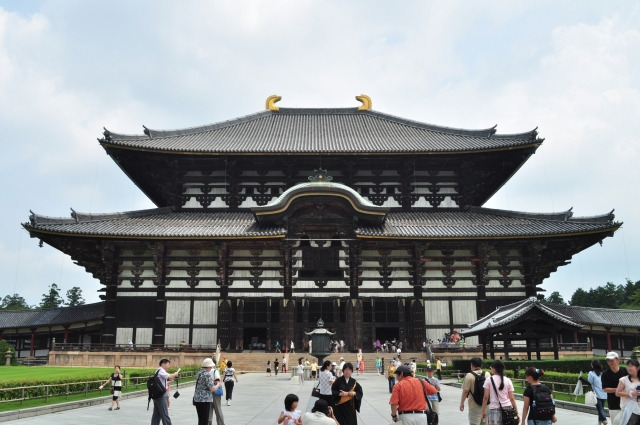
Renowned as the “Great Buddha of Nara,” Todai-ji is a magnificent temple that echoes the spirit of the Tenpyo culture. Designated as a UNESCO World Heritage Site in 1998 as part of the cultural assets of the ancient city of Nara, its main hall is known as one of the world’s largest wooden structures. The main Buddha, a statue of Vairocana, was commissioned by Emperor Shomu to pray for societal stability and national peace.
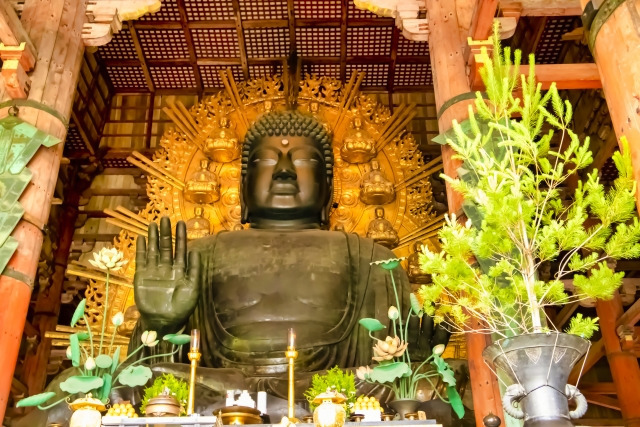
3.Kasuga Taisha
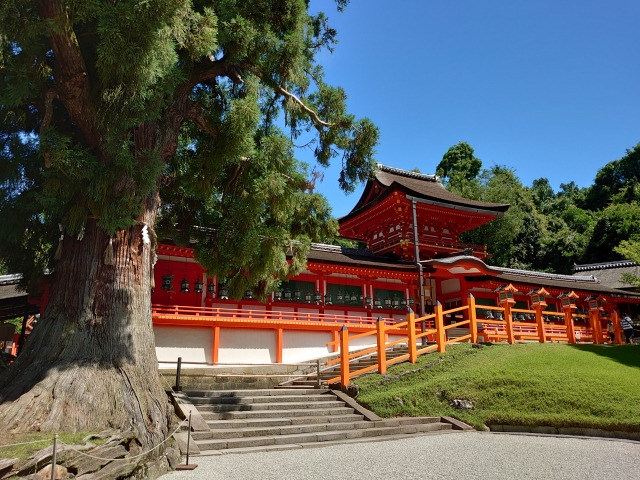
As part of the UNESCO World Heritage Site “Historic Monuments of Ancient Nara,” Kasuga Taisha originated around 1,300 years ago when deities were enshrined to protect the capital, Heijo-kyo, inviting them from Kashima in present-day Ibaraki Prefecture. The shrine is renowned for having the largest number of lanterns in Japan, with around 3,000 lanterns lining the precincts. The annual Mantoro Festival, where all lanterns are lit (on Setsubun in February and August 14-15), is a notable event.
4.Kofuku-ji
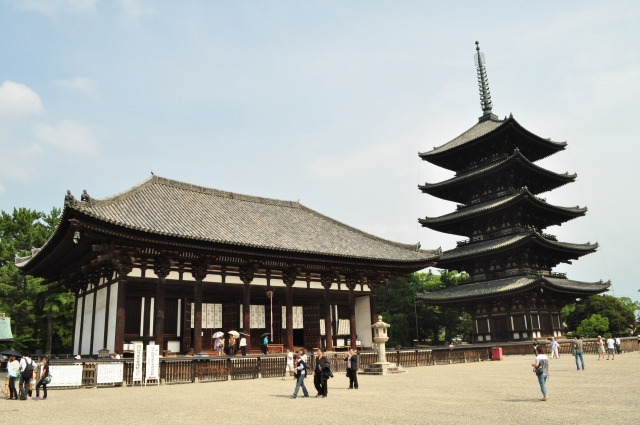
The National Treasure Hall of Kofuku-ji, the head temple of the Hossō sect, houses a greater number of national treasures than Todai-ji. With over 30 national treasures, including Buddha statues, paintings, and ancient manuscripts, it is famous for the Agyo (Acala) statue, now viewable up close.
5.Horyu-ji
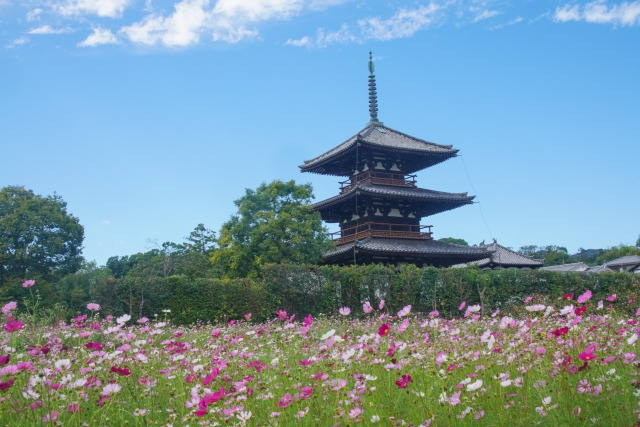
Founded in 607 by Prince Shotoku, Horyu-ji is the world’s oldest wooden structure and was the first site in Japan to be registered as a UNESCO World Heritage Site. The treasures, designated as national treasures and important cultural properties, include the Shaka Triad, the oldest five-story pagoda in Japan, and the Yumedono Hall built at the site of Prince Shotoku’s residence in Ikaruga.
6.Yakushi-ji
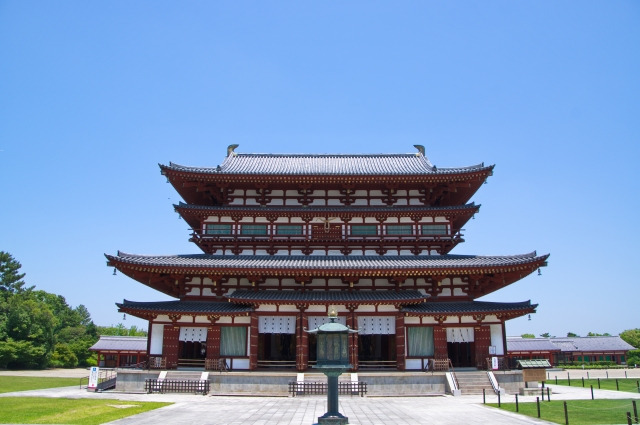
As one of the Southern Capital’s Seven Great Temples and the head temple of the Hossō sect, Yakushi-ji is registered as part of the UNESCO World Heritage Site “Historic Monuments of Ancient Nara.” The main hall enshrines the Yakushi Trinity, considered a masterpiece of Japanese Buddhist art.
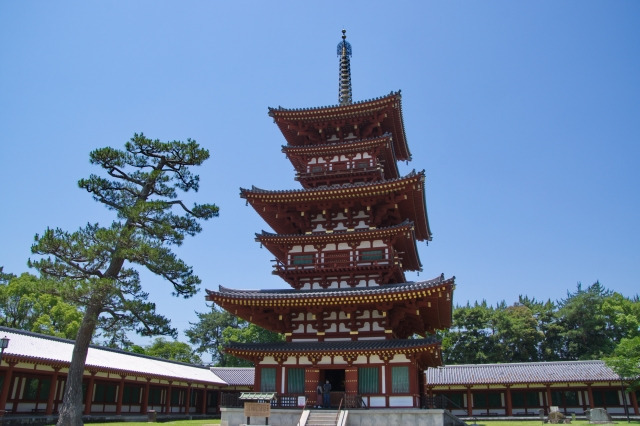
7.Toshoudai-ji
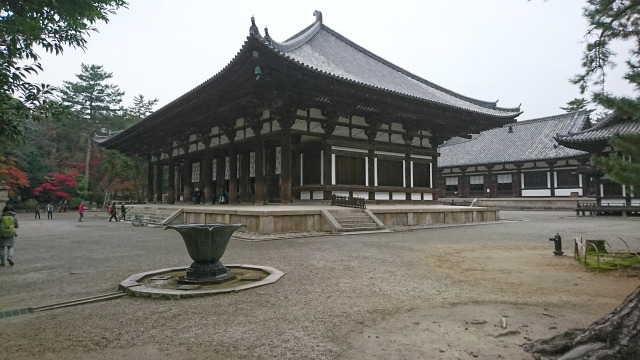
Todai-ji is the head temple of the Ritsu sect, one of the Six Nara Schools, established in 759 by Ganjin Wajo, who arrived in Japan from Tang China. The statue of Ganjin Wajo, known as Japan’s oldest portrait sculpture, is only displayed for a few days each year.
8.Mount Wakakusa
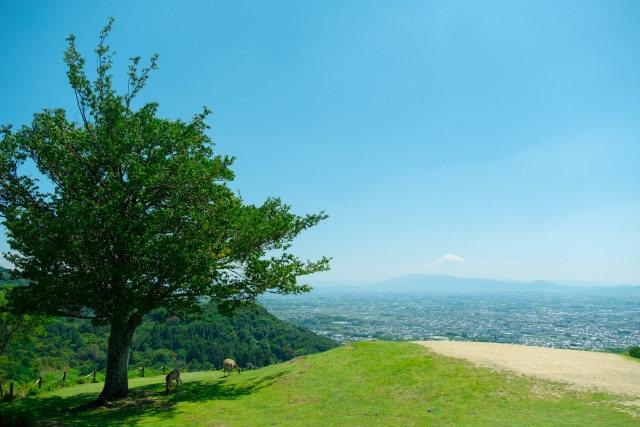
The annual burning of Mount Wakakusa on the fourth Saturday of January is a symbolic event heralding spring in Nara. It also offers a superb vantage point to overlook Nara city at sunset. Access to the mountain is available from the third Saturday of March to the second Sunday of December (admission fee required).
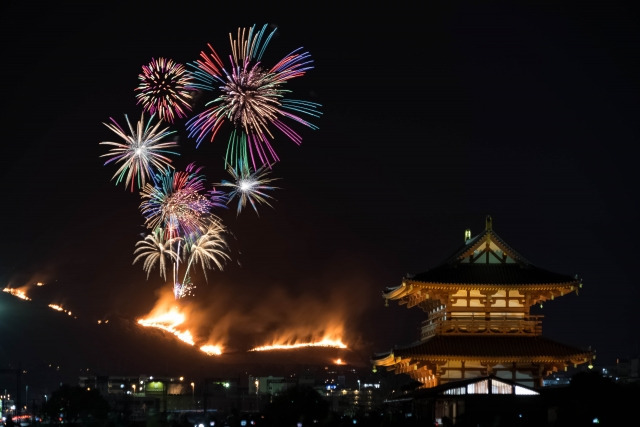
9.Nara National Museum
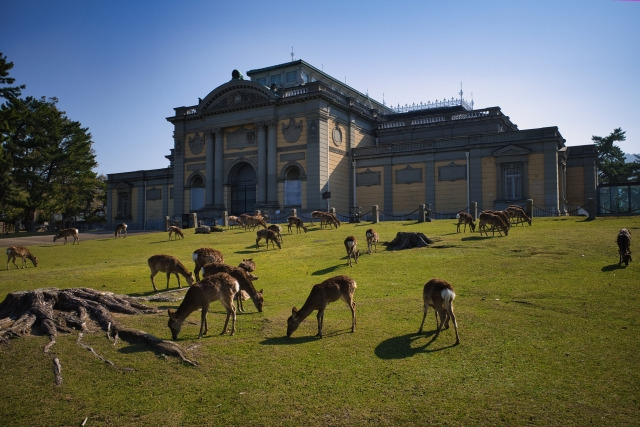
Home to approximately 1,800 artifacts related to Buddhism, archaeological finds, and more, the Nara National Museum is unparalleled in Japan. With four galleries including the Nara Buddhist Sculpture Hall and Bronze Ware Gallery, visitors can thoroughly enjoy the exhibits. The current building, now the Nara Buddhist Sculpture Hall, is designated as an Important Cultural Property for its representative Western-style architecture from the mid-Meiji period.
10.Yoshino Mountain
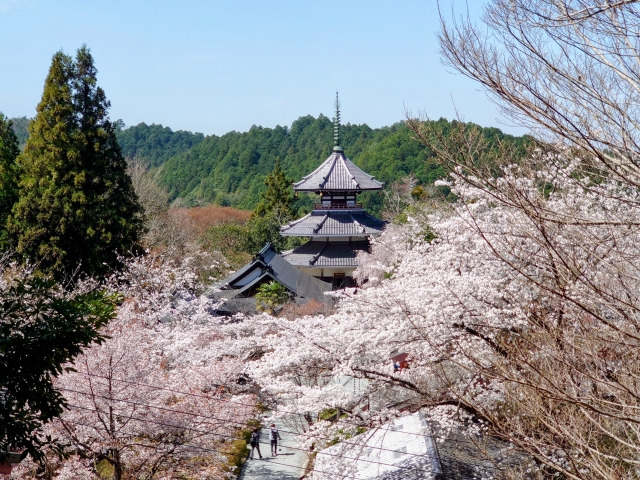
Renowned for its cherry blossoms, Yoshino Mountain boasts around 30,000 sakura trees, particularly the elegant white mountain cherry blossoms. The scenery is equally breathtaking during autumn’s foliage and winter’s snowy landscapes.